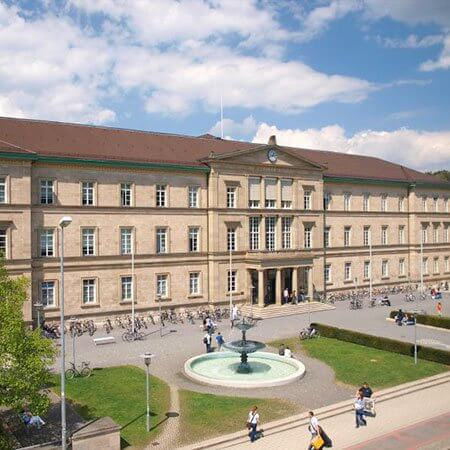About the disease
Fibrocystic breast disease is a condition when breast feels lumpy and painful. Some women have fibrocystic breasts from the time they underwent puberty and in that case this condition is not considered to be a disease in the typical meaning of this word, because it does not impose any threat to woman`s condition. Woman with fibrocystic breast disease can also have cysts of varying sizes and shapes and this is the biggest danger that fibrocystic swelling of breasts. Almost 60% of women with fibrocystic breast condition do not have any symptoms. Women usually have it between the ages of 20 and 40 and in most cases the painful sensations stop once a woman becomes menopausal. Almost half of female population have fibrocystic condition at some point of their life due to hormonal changes.
Probability of developing malignant breast cancer as results of fibrocystic breast disease depends on many factors such as total duration of disease, its stage and symptoms intensity. Also women with history of multiple or simply large cysts have two times higher risk of developing cancer. According to American medical site MedicineNet.com, there are several types of these disease which only recently became differentiated: cysts, fibrosis and hyperplasia of breast cells. They all differ in the extent of tissue damage, hormonal disbalance and growth of abnormal cells.
Although fibrocystic breast disease is considered to be benign, in some rare cases it can become malignant. That is why thorough medical examination of patients and continuous monitoring of condition is a vital element in the prevention of breast cancer.
Symptoms
- Thickened lumps
- Painful breasts
- Bigger lumps during menstrual
- Dark discharges from breasts
- Swollen skin
- Soreness
Pain becomes even more intensified, if a woman has heavy periods, which last more than 4-5 days. Women after menopause can have it only if they take some hormonal drugs.
Diagnosis
Usually this condition of the breast can be detected by the simple and brief palpation of the breast.
- Mammography method is rather informative, as it determines the amount of contours and number of cysts.
- Ultrasound allows detailed examination of all cystic and non-cystic formations. The image taken by ultrasound varies because of the patient's age. Over the years the rate of density increases and thickness decreases, that`s why ultrasound is most helpful for diagnosis of fibrocystic breast disease in women over 30-40 years old. The structure of the breast can be absolutely different in adolescence, reproductive age, menopause, and during pregnancy, and breastfeeding.
- Magnetic resonance imaging is used very rarely. Mostly it helps doctors to differentiate the benign cyst and cancerous formation if there are doubts about the nature of the lump. This method also allows to get a thorough examination of each layer of tissue. If there are further doubts of whether the lump is malignant or benign, a doctor can perform a biopsy of the breasts to determine nature of formation. Sometimes blood tests determine the extent of the hormonal imbalance and hormonal therapy can be prescribed.
Treatment
- Surgical treatment is indicated if cysts or lump became too big. Usually surgery does not present any danger and has favorable outcome.
- Needle aspiration is performed to drain excessive fluid from cyst. Pregnancy with fibrocystic breast is also highly desirable. It can serve as a great impetus to further stabilization of hormone levels and termination of the disease. For this reason, many doctors and gynecologists strongly recommend that women get pregnant. By the way, natural lactation is often the main treatment method for this disease. Breastfeeding must not be interrupted prematurely, because lactation period can often bring relief to women and even full recovery from cystic formations.
- Hormonal therapy can be used as a treatment for fibrocystic breast condition. Nevertheless, if a woman got pregnant, she needs to immediately discontinue use of hormones during pregnancy, since it can be harmful. In such situation, a woman should consult with her doctor, because he can prescribe other hormonal drugs that are permitted for use during pregnancy.
Also during pregnancy women are recommended to have a prolonged lactation period, because it helps to reduce the symptoms of the disease and it is a good preventive measure. Breastfeeding is very beneficial to woman`s health. For instance, it activates growth and multiplication of the epithelial cells of mammary glands, which prevent the development of variety of tumors, including cysts and fibromatous nodes.
Prolonged breastfeeding should be carried out with constant monitoring of the state of the breast with the periodic medical examination. Accepted list of drugs permitted during lactation should always be coordinated with the doctor.
Authors: Dr. Nadezhda Ivanisova, Dr. Sergey Pashchenko




















